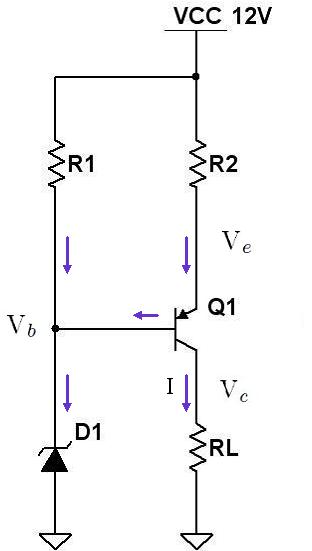torakaru
Member level 2
FvM:
Sorry, but I don't fully understand your post #19. Could you clarify and/or proposed me any circuit, please? :idea:
Barry:
1) The PROPOSAL_1 is really yours (take a look to post #2 ;-)). But,... what would I need to make it Linear? :-|
2) So, if in PROPOSAL_2 do I change R1 by this Simple Current Source; will it be linear then? 8-O

Thanks! :-D
Sorry, but I don't fully understand your post #19. Could you clarify and/or proposed me any circuit, please? :idea:
Barry:
1) The PROPOSAL_1 is really yours (take a look to post #2 ;-)). But,... what would I need to make it Linear? :-|
2) So, if in PROPOSAL_2 do I change R1 by this Simple Current Source; will it be linear then? 8-O

Thanks! :-D
Last edited:




